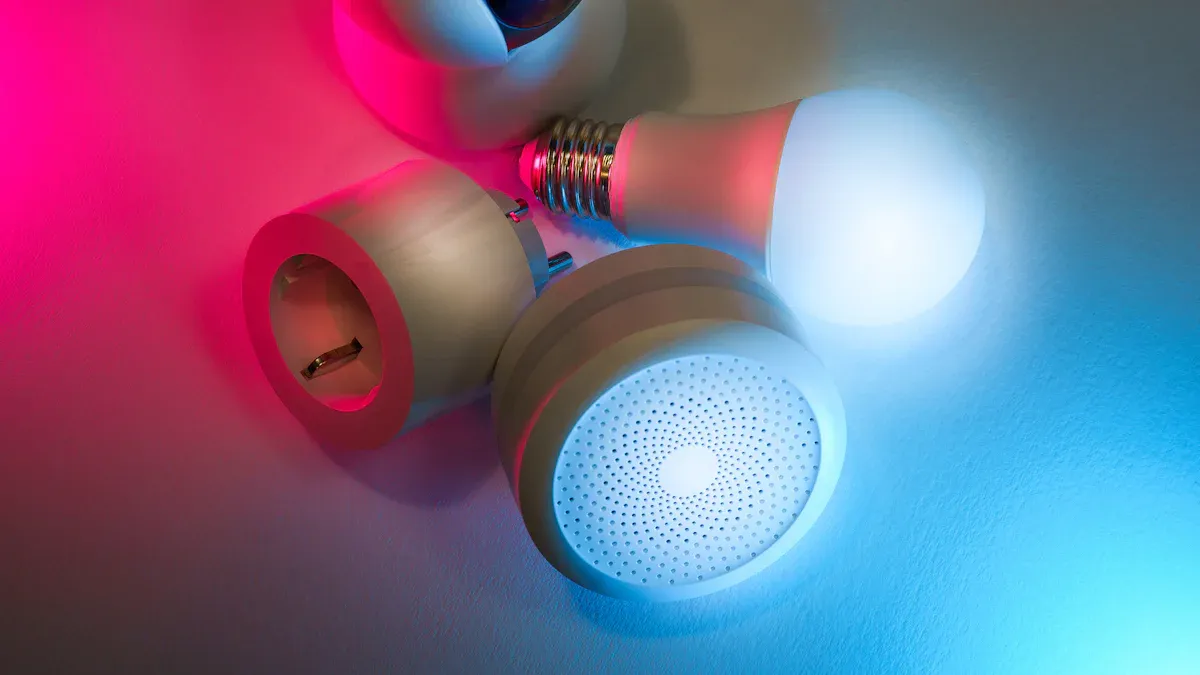
Industrial facilities now use motion sensor lights with IoT technology for smarter, automatic lighting. These systems help companies save money and improve safety. The following table shows real-world results from large-scale projects, including 80% energy cost savings and nearly €1.5 million in space utilization savings.
| Metric | Value |
|---|---|
| Number of connected LED lights | Nearly 6,500 |
| Number of luminaires with sensors | 3,000 |
| Expected energy cost savings | Approximately €100,000 |
| Expected space utilization savings | Approximately €1.5 million |
| Energy cost savings in other Philips implementations | 80% reduction |
Energy-saving outdoor sensor lights and bulk motion sensor lights for commercial buildings support efficient, automatic lighting across industrial sites.
Key Takeaways
- IoT motion sensor lights save energy and reduce costs by automatically adjusting lighting based on real-time movement and light levels, helping industrial facilities cut energy use by up to 80%.
- These smart lighting systems improve workplace safety and lower maintenance needs by detecting occupancy and environmental changes, enabling quick responses and predictive upkeep.
- Integrating IoT lighting with other industrial systems allows centralized control and data-driven decisions, boosting efficiency, reducing downtime, and supporting sustainability goals.
How IoT Impacts Industrial Motion Sensor Lights
Automation and Real-Time Control
IoT technology brings a new level of automation to industrial motion sensor lights. These systems now respond instantly to movement and environmental changes. Sensors detect even slight changes in light or motion, which ensures that lights activate only when needed. Adjustable activation thresholds allow facility managers to customize lighting for different zones, improving both efficiency and responsiveness.
The following table highlights the improvements seen after automating motion sensor lights in industrial settings:
| Metric | Before Automation | After Automation | Improvement |
|---|---|---|---|
| Lighting Hours Wasted | 250 hours | 25 hours | 225 fewer wasted hours |
| Energy Consumption | N/A | 35% reduction | Significant drop |
| Lighting Maintenance Costs | N/A | 25% reduction | Cost savings |
| Energy Efficiency Rating | C/D | A/A+ | Improved rating |
These results show that automated control reduces wasted lighting time and energy use. Facilities experience fewer maintenance issues and achieve higher energy efficiency ratings. Companies like Ninghai County Yufei Plastic Electric Appliance Factory have adopted these solutions to help clients achieve measurable improvements in their operations.
Post time: Jul-08-2025
